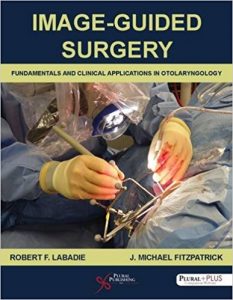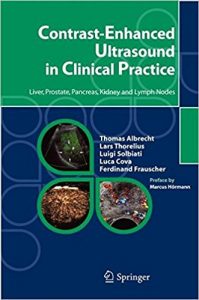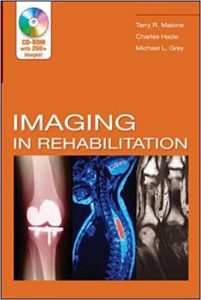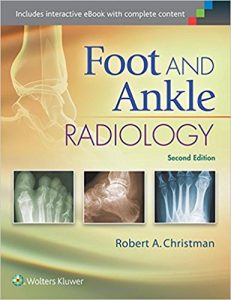MRI-Arthroscopy Correlations: A Case-Based Atlas of the Knee, Shoulder, Elbow and Hip 1st ed

[amazon template=image&asin=1493926446]
Integrating MRI findings associated with the spectrum of problems seen in the most commonly treated joints in sports medicine with the diagnostic findings seen during arthroscopy of the same joint in the same patient, this unique text correlates this pathology and applies these findings to the clinic, the radiology reading room and the operating suite. Representing a microcosm of daily patient care, this type of interactive correlation is an exceedingly effective tool for education and continued learning, an impetus for interdisciplinary research collaboration and a critical part of an approach to optimum patient care. Furthermore, this case-based correlation between MRI imaging and arthroscopic findings and treatment is a well-received and effective method for teaching and discussion at meetings and instructional courses.
MRI-Arthroscopy Correlations is organized into four sections highlighting the four major joints in which MRI and arthroscopy are most commonly used in sports medicine: knee, shoulder, elbow and hip. Chapters are formatted to present an overview of the specific disease entity first, followed by selected cases chosen by the chapter authors that best illustrate common or noteworthy disease entities or pathology with an emphasis on the parallel MRI imaging and arthroscopic findings. Each of the section editors, as well as the volume editor, are nationally recognized experts, teachers and pioneers in their respective areas of sports medicine and have covered the gamut of topics in each of their sections. Taken together, this will be an invaluable resource for sports medicine specialists, orthopedic surgeons and musculoskeletal radiologists alike, promoting increasingly accurate diagnoses of pathology and advanced treatment options to aid in the optimization of patient care and recovery.









